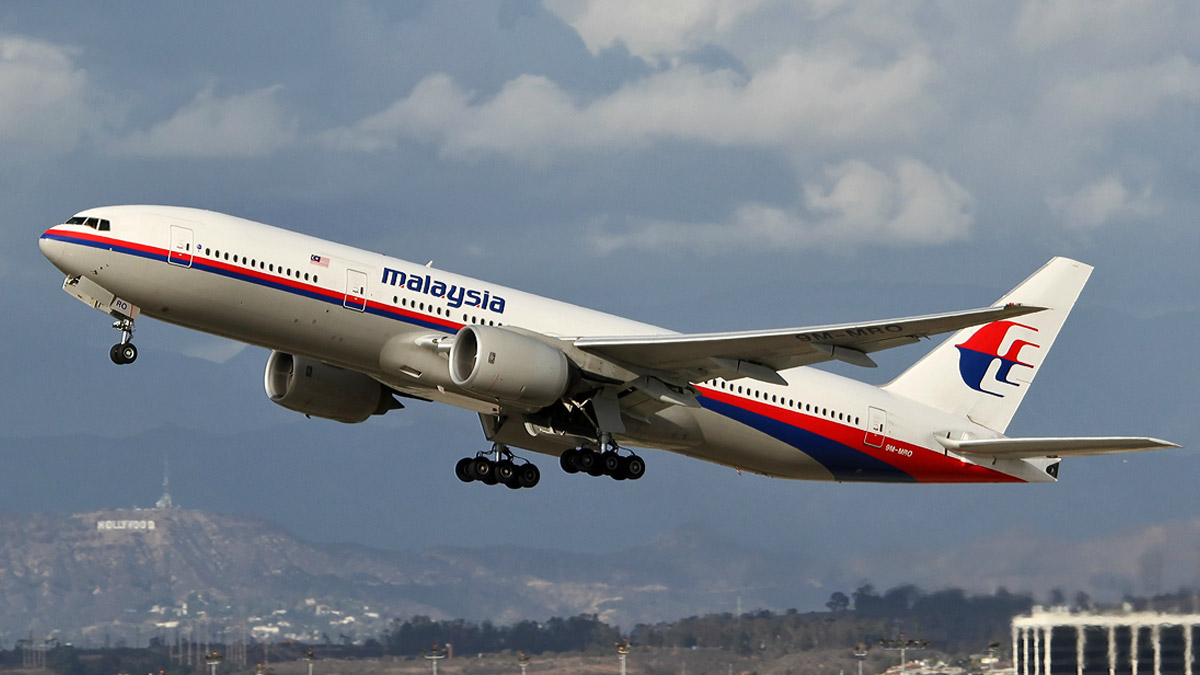The disappearance of Malaysia Airlines Flight MH370 on March 8, 2014, remains one of the most perplexing and haunting mysteries in aviation history. Despite extensive search efforts and advanced technology, the plane and its 239 passengers and crew members have never been found. This article delves into the reasons why MH370 remains unfound and the ongoing quest for answers.

The Disappearance
Flight MH370 departed from Kuala Lumpur International Airport, bound for Beijing. Less than an hour after takeoff, the plane lost contact with air traffic control, deviated from its planned route, and vanished from radar screens. Subsequent satellite data suggested that the aircraft continued flying for several hours, likely crashing into the remote southern Indian Ocean.
Vast and Remote Search Area
One of the primary reasons MH370 remains unfound is the sheer vastness and remoteness of the search area. The southern Indian Ocean, where the plane is believed to have crashed, is one of the most inhospitable and least explored regions on Earth. The search area covered millions of square kilometers, with depths reaching up to 6,000 meters, making it an incredibly challenging environment for search operations.

Incomplete and Confusing Data
The available data about MH370’s final flight path comes from satellite handshakes, also known as pings, between the aircraft and an Inmarsat satellite. While this data provided crucial information about the plane’s likely trajectory, it was not precise enough to pinpoint the exact crash location. Additionally, the initial confusion and delay in recognizing the plane’s deviation from its route led to valuable time being lost in the early search efforts.
Limited Physical Evidence
Despite several search missions, only a few pieces of debris confirmed to be from MH370 have been found. These pieces, discovered on shores of islands in the Indian Ocean, provided some clues but were insufficient to determine the crash site. The lack of substantial wreckage has made it difficult to reconstruct the plane’s final moments and understand what happened.
Complex Oceanography
The Indian Ocean’s complex and dynamic environment further complicates the search. Strong currents, varying sea temperatures, and underwater topography all influence the movement of debris, making it challenging to backtrack floating objects to their origin. This complexity has hindered efforts to narrow down the search area based on the drift patterns of recovered debris.

Theories and Speculations
Numerous theories and speculations about the fate of MH370 have emerged over the years, ranging from pilot suicide to hijacking and mechanical failure. While some theories are more plausible than others, the lack of concrete evidence means none can be definitively proven or disproven. The mystery has fueled a wide range of hypotheses, further complicating the search for the truth.
International Collaboration and Efforts
The search for MH370 has involved unprecedented international collaboration. Countries including Malaysia, Australia, China, and the United States have contributed resources, expertise, and technology. Despite these efforts, the search has faced challenges related to coordination, funding, and differing priorities among the involved nations.
Technological Limitations
While advancements in search technology have been made, certain limitations persist. The deep-sea search equipment, including sonar and underwater drones, faces constraints in terms of range, resolution, and the ability to operate in extreme conditions. Technological limitations have hindered the ability to thoroughly scan the vast ocean floor for wreckage.
Renewed Hope and Continuing Efforts
Despite the challenges, efforts to find MH370 continue. New search missions are periodically launched, often driven by private companies, researchers, and the families of the victims. Advancements in technology, such as improved sonar and underwater robotics, provide renewed hope that the mystery may eventually be solved.
Conclusion
The disappearance of Malaysia Airlines Flight MH370 remains one of the world’s greatest aviation mysteries, underscoring the complexities of modern air travel and the vastness of our planet’s unexplored regions. As search efforts persist and technology advances, the hope remains that one day, the world will uncover the truth behind this tragic and enigmatic event, bringing closure to the families and communities affected by the loss.





